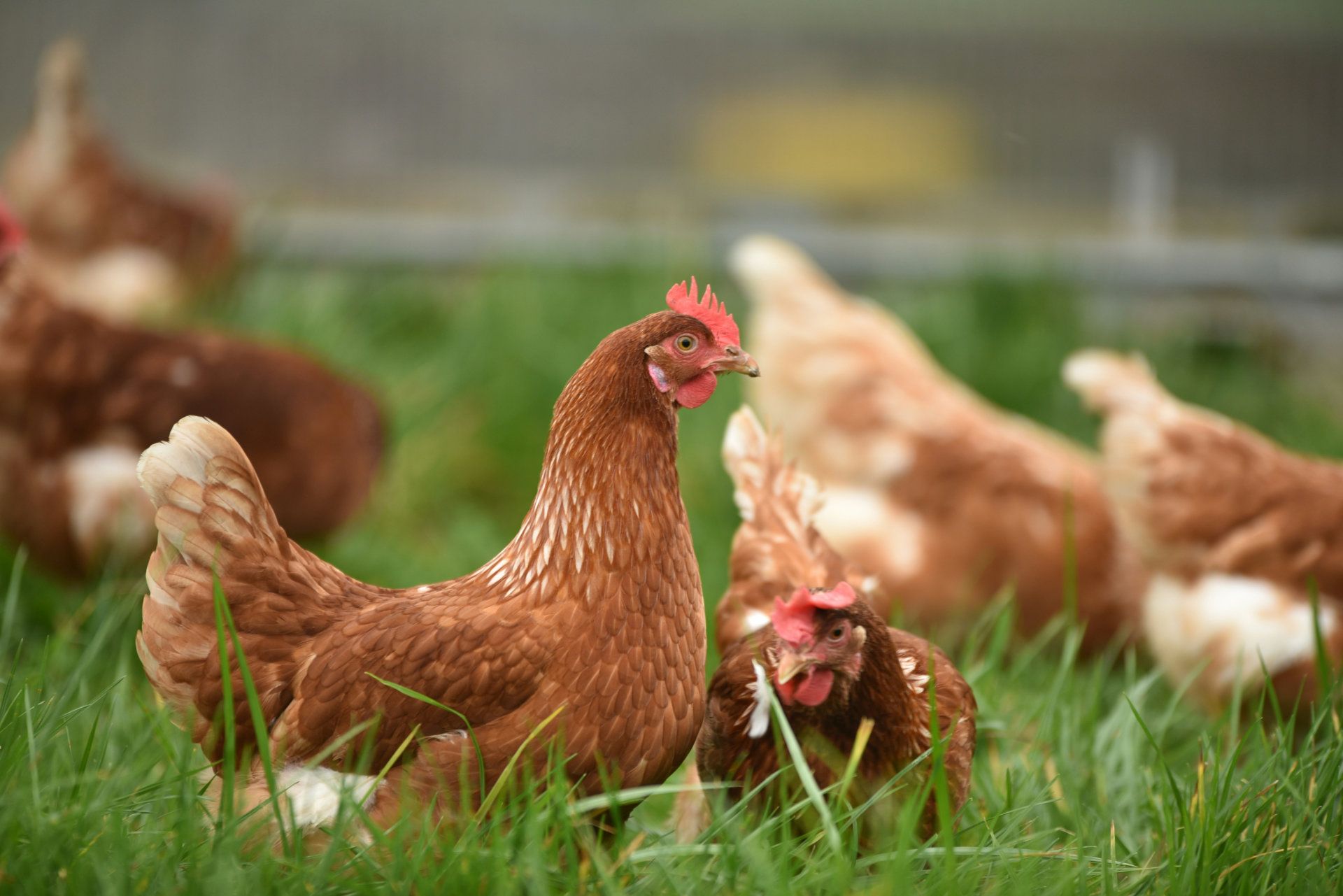
Combating Antimicrobial Resistance in Animals and Agriculture
A Call to Action from the Global Leaders GroupThe Global Leaders Group (GLG) on Antimicrobial Resistance (AMR) has issued a comprehensive report highlighting the urgent need for targeted interventions to address the growing threat of AMR in animals and agriculture. The report, which aims to inform the discussions at the upcoming UN High-level Meeting on AMR in September 2024, provides a detailed analysis of the current situation and offers specific recommendations for action. The Impact of AMR on Animal Health and Agriculture:
AMR poses a significant threat to animal health, welfare, and agricultural productivity. The report emphasises that the loss of effective antimicrobials can lead to increased morbidity and mortality in livestock, aquaculture, and companion animals, jeopardising the livelihoods of millions of people who depend on these sectors. The economic consequences of AMR in agriculture are projected to be severe, with estimates suggesting that uncontrolled AMR could cost the global economy trillions of dollars annually by 2050.
One of the key challenges highlighted in the report is the lack of robust global data on the burden of AMR-related morbidity and mortality in animals. Surveillance programs rarely include companion animals and wildlife, despite evidence of AMR transmission between these animals and humans. The GLG emphasises the need for improved monitoring and data collection across all animal sectors to guide targeted interventions and assess their effectiveness. Priority Recommendations for Action:
Strengthening Animal Health Systems
The GLG stresses that robust animal health systems are the foundation for preventing and controlling AMR in animals. This includes investing in biosecurity measures, infection prevention and control, good husbandry practices, and the development of alternatives to antimicrobials. The report recommends that all countries develop and implement comprehensive animal vaccination strategies based on the WOAH priority list by 2030, supported by funded implementation plans. Improved access to veterinary services, diagnostic tools, and training for animal health professionals are also identified as critical components of strengthening animal health systems.
Setting Ambitious Targets for Reducing Antimicrobial Use
To accelerate progress in tackling AMR, the GLG proposes global targets for reducing antimicrobial use in agri-food systems. These include a 30-50% reduction in the quantity of antimicrobials used from current levels and the complete elimination of medically important antimicrobials for non-veterinary purposes by 2030. The report calls on all countries to establish national targets aligned with these global goals and to develop clear plans and timelines for their implementation. Emphasis is placed on promoting responsible and prudent use of antimicrobials in animals through improved regulation, education, and awareness-raising among farmers, veterinarians, and other stakeholders.
Investing in Research and Innovation
The GLG identifies significant gaps in knowledge and research related to AMR in animals, plants, and the environment. The report calls for increased investment in research and development to address these gaps, particularly in the animal health sector. This includes the development of a global R&D roadmap to prioritise research needs, incentivise innovation, and ensure sustainable access to new antimicrobials, vaccines, and diagnostic tools. The GLG also highlights the importance of research on alternatives to antimicrobials which can help reduce reliance on antimicrobials in animal agriculture.
Strengthening Integrated Surveillance Systems
Effective surveillance and monitoring of AMR and antimicrobial use across human, animal, plant, and environmental sectors are essential for guiding evidence-based interventions and assessing their impact. The GLG report emphasises the need for all countries to strengthen their capacity for integrated surveillance by 2030, including investing in human resources, diagnostic tools, laboratory infrastructure, and data management systems. The report calls for the harmonisation of data collection and reporting across sectors and the sharing of quality-assured data through global surveillance systems such as GLASS, ANIMUSE, and InFARM.
Addressing Environmental Dimensions of AMR
The GLG report highlights the growing evidence of the role of the environment in the development and spread of AMR, particularly through the release of antimicrobial residues and resistant bacteria from animal waste, agricultural runoff, and manufacturing effluent. The report calls on all countries to develop and implement national plans by 2030 to prevent environmental contamination from these sources, including through improved wastewater treatment, safe disposal of antimicrobial waste, and the promotion of sustainable agricultural practices. The integration of environmental dimensions into National Action Plans on AMR is identified as a key priority for ensuring a comprehensive One Health approach to tackling AMR.
Strengthening Governance and Coordination
Effective governance and coordination mechanisms are crucial for ensuring a coherent and sustained response to AMR across sectors. The GLG report recommends that all countries establish national multisectoral coordinating bodies on AMR, with clear mandates, adequate resources, and the authority to engage relevant ministries and stakeholders. At the global level, the report calls for the formalisation of the Quadripartite Joint Secretariat on AMR as a key coordinating mechanism, drawing on the expertise and resources of the FAO, OIE, WHO, and UNEP to support countries in implementing their National Action Plans.
The Global Leaders Group report provides a comprehensive roadmap for tackling AMR in animals and agriculture, recognising the urgent need for coordinated action across sectors. By investing in animal health systems, setting ambitious targets for reducing antimicrobial use, strengthening surveillance and research, addressing environmental dimensions, and enhancing governance and coordination, countries can make significant progress in mitigating the devastating impacts of AMR on animal health, food security, and sustainable development.
The upcoming UN High-level Meeting on AMR presents a critical opportunity for countries to commit to these recommendations and accelerate global efforts to combat this growing threat. By working together across sectors and borders, we can safeguard the health and wellbeing of animals, humans, and the planet for generations to come.